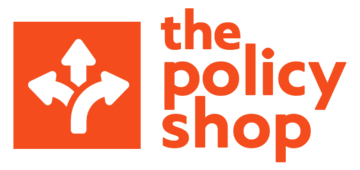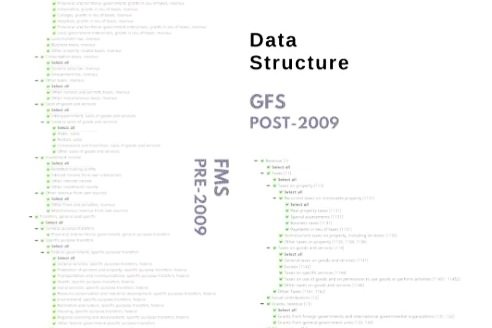YIELD: Municipal Revenue at a Crossroads?
Miller & Rose argued that information asymmetry is the basis for all power imbalance (1990).
The purpose of this mini-series is to help local leaders translate the opening created by the pandemic into deeper changes that empower authorities with varying competencies to support Canadians - present and future.
How?
By pulling apart the pieces of the current revenue and governance model, unpacking their contribution to the 2020 breaking point, and teeing up options for moving beyond a spectrum of revenue health defined by scarcity and crisis.
Select findings:
While the full effect of COVID-19 on public services and finance is yet to be seen, it has already strobe-lit trends in two areas that, if not addressed in the wake of the pandemic, will seriously undermine recovery and resiliency efforts taken in preparation for whatever comes next:
MUNICIPAL REVENUE:
Ontario municipalities appear to be passive managers of own-source revenue, ‘diversifying’ in response to a lack of alternatives, first away from grants when the provincial government curtailed them in the mid-late 1990s, and then from property tax in the 2000s following the effect of lower transfers on tax needs.
Ontario municipalities’ use of consumption-based, demand-driven revenues, (user fees and charges, permits) increased from 1995-2020, increasing exposure to market, behavioural, environmental and regulatory risk in tandem.
Combined with a changing legislative architecture describing revenue-raising authorities, (less scope to set tax policy locally and broader application of existing tools capped at cost recovery) these usage patterns make intermittent fiscal crises more predictable going forward.
If they cover municipal finance, pandemic reviews will likely yield technocratic program improvements that are unlikely to prevent the next crisis having misdiagnosed the problem:
Municipal finance is not primarily about money. It is about power - who gets to decide? Who gets to decide how it looks to the public? Who chooses where, how, when, in what forums and what parts of a decision chain are made? Who says who pays, on whose terms?
Insofar as ‘municipal’ financial crises present municipal leaders in an unflattering, unstately light, and the ‘bailouts’ required make the provincial and federal governments supplying them look like the adults in the room, whether crisis prevention is of interest in past or at present has yet to be substantiated.
Currently, provinces’ role in municipal finance is formative and expansive, yet ill-defined quantitatively; its influence appears to favour a municipal sector operating close to the financial edge, without much buffer, rhetorically going over every once in a while, getting a cash injection from other governments - in public or in private - then regenerating the beta model.
PUBLIC SECTOR DESIGN & GOVERNING NORMS :
The needs of the day are at odds with Canada’s way of doing government, however avenues for modernization, review or governance reform are not forthcoming.
In contrast to governments with effective institutional permanence, municipalities operate on an incidental, contingency basis through a hybrid governance model: part service agency, part local government. By calling them ‘municipal governments,’ we position them as political aggregates of community preferences when what we have, according to the design of municipal institutions, municipalities’ scope for making financial decisions and the changes in their revenue generation authority, are delegated administrative authorities that play a public role on provincial terms, and whose design conditions sub-optimal financial decisions on Council and outcomes, like intermittent crises, while presenting as a unified whole.
Better results can start with building the public’s municipal literacy, particularly the youth, and distinguishing what a municipality does because it wants to, from what it does because it legally or operationally has to do.
Table of Contents







Like many municipal functions, revenue mobilization is a shared responsibility, with staff and elected leaders each playing a part.
But which part?
Especially when it comes to the overall revenue strategy and harnessing new revenue streams, we've found that there's room for role definition.